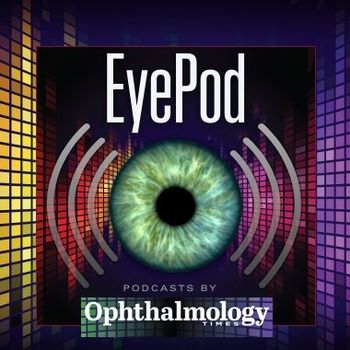
Making a point for acupuncture in modern ophthalmology
Is there a place for traditional Chinese medicine in modern ophthalmology? Quite possibly, said Dennis Lam, MD, FRCS, Chinese University of Hong Kong. Acupuncture, for example, has been used in China and other Asian countries for thousands of years, and such therapies still may have applications in the world of medicine to this day, he said.
Is there a place for traditional Chinese medicine in modern ophthalmology? Quite possibly, said Dennis Lam, MD, FRCS, Chinese University of Hong Kong. Acupuncture, for example, has been used in China and other Asian countries for thousands of years, and such therapies still may have applications in the world of medicine to this day, he said.
Acupuncture is the implantation of thin, steel needles to different depths along the body's acupoints.
"These points are gathered in a connected array according to a highly systemized pattern," Dr. Lam said. The body has 14 meridians and more than 2,000 acupoints. Other forms of acupuncture include laser puncture and acupressure.
Dr. Lam explained that in traditional Chinese medicine, illness and disease are caused by an imbalance in the body's yin and yang. When the body's yin and yang become unbalanced, they block the flow of Qi, or the life force, along the body's meridians. It's believed that acupuncture unblocks the flow of Qi along the meridians.
"This directly treats the diseased organs or related disorders, without intermediate control mechanisms," Dr. Lam said. "It is believed that the acupoints are related directly to the specific target organs."
According to Dr. Lam, acupuncture may have applications in treating dry eye, myopia, paralytic strabismus, amblyopia, and retinitis pigmentosa, or as anesthesia during eye surgery.
By way of example, he cited two clinical trials from 1998. From Cho ZH et al., stimulation of the body's vision-related acupoints, such as those found in the feet, was found to activate the brain's visual cortex, whereas acupuncture of non-vision-related acupoints did not activate the visual cortex.
From Hepp J et al., both needle and laser acupuncture were found to be statistically more effective than artificial tears in alleviating symptoms of dry eye.
Dr. Lam and his colleagues are currently conducting two randomized trials on acupuncture as a treatment for amblyopia, and the initial results are "promising," he said.
Newsletter
Don’t miss out—get Ophthalmology Times updates on the latest clinical advancements and expert interviews, straight to your inbox.













































